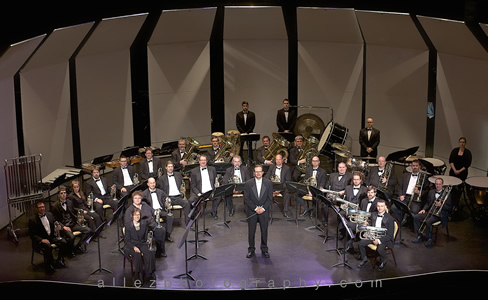This preview has been provided by Carolina Pro Musica.
The Italian solo cantata became a high point of literary and musical development beginning in the 17th century. These works often centered on the imagined lives of shepherds and shepherdesses who lived in Arcadia in the golden age. This was not exactly ‘new’ since the educated Catherine de Medici, queen in France 1542-89, produced entertainments called ‘magnificences’ which included similar concepts.
Seventeenth century Rome saw beginnings of a literary circle formed under the patronage of Queen Christina of Sweden, who had abdicated the Swedish crown in 1654, and taken up residence there. Highly educated she would become a significant patron of music and opera in the city. The principal intention of the group was to reform the diction of Italian poetry, which the founders believed had become corrupt through over-indulgence and the desire to sensationalize as inspired by the writer Giambattista Marino. A more natural, simple poetic style based on the classics and particularly on Greek and Roman pastoral poetry was the goal. After Christina’s death in 1689, her friends founded the academy to give their meetings permanence and “to exterminate bad taste, and to see to it that it shall not rise again.” They named the academy for Arcadia, a pastoral region of ancient Greece.
When the young Handel arrived in Rome in 1707, it appears he had the right introductions. Almost immediately he was creating music for some of the mostly wealthy patrons. Many of these had connections to Arcadians. The cantata Delirio amoroso, a dramatic work with typical Arcadian characters Clori and Tirsi, shows the most extreme state of mind of a person in love. The drama builds through somewhat erratic violin passages. Clori, in a bewildering love dream, finds herself in Hades searching for Tirsi. As the cantata progresses emotions run high, but in the end, all is well. The work closes with a minuet and the two united. Soprano Rebecca Miller Saunders is featured.
Baroque violinist John Pruett helps to offer Telemann’s Quatuor No. 6 en mi mineur, from Nouveaux quatuors published in Paris, 1738. This quatuor features flute, violin and bass viol solos plus continuo.
The movements are dance-like in style but feature complex rhythmic and off-beat patterns which would appear to make dancing difficult. For the listener, however, they are possessed with energy and a subtle but driving force.
Carolina Pro Musica with John Pruett
Captivated by Love and Dancing
October 3, 2015, 8:00 PM at St. Martin’s Episcopal Church, Charlotte, NC
and
October 5, 2015, 8:00 PM Belmont Abbey Basilica, Belmont NC











